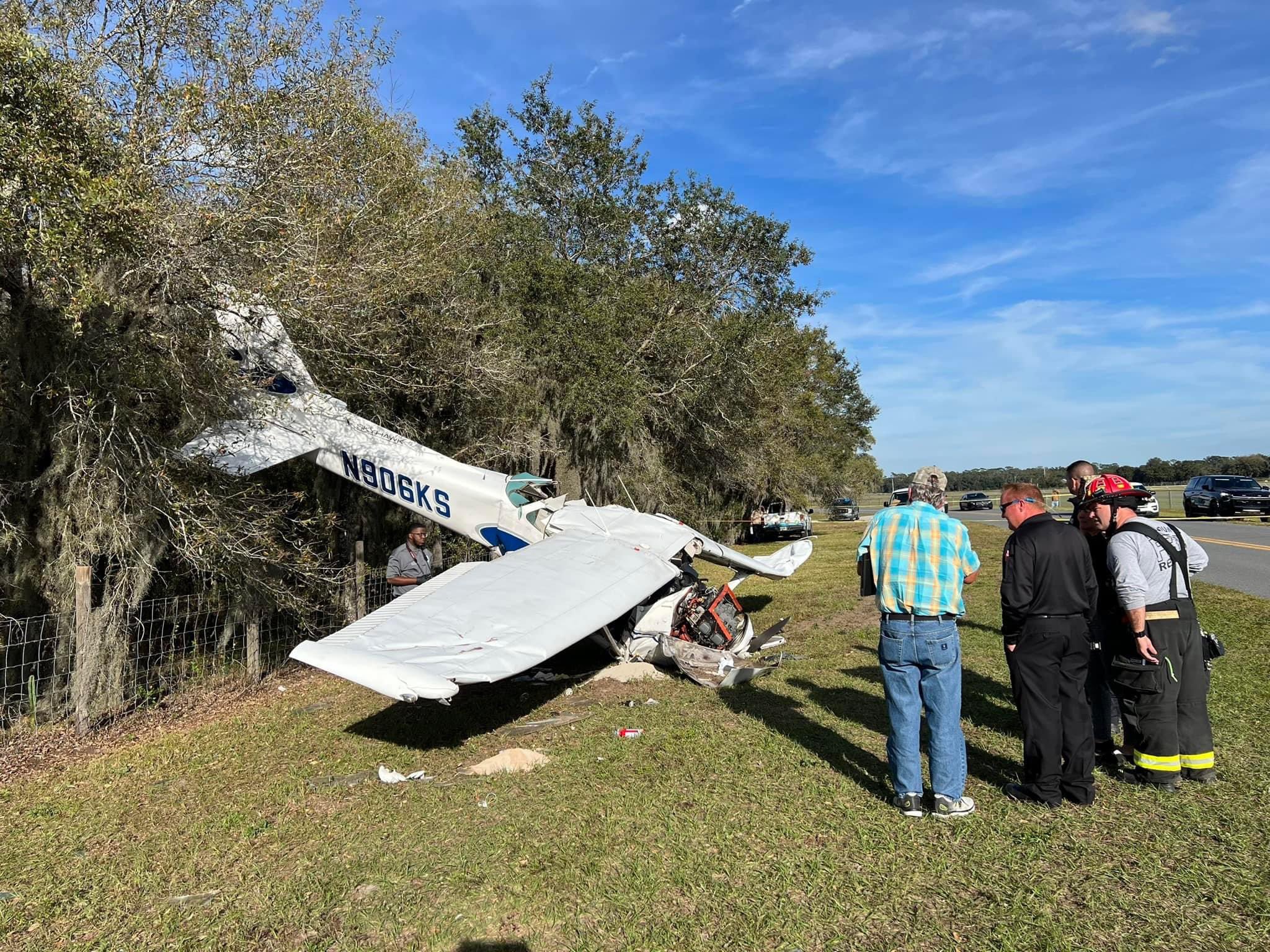francisco collazos
Pre-takeoff checklist
- Joined
- Jun 11, 2021
- Messages
- 354
- Display Name
Display name:
ciscovet

Accident Cessna 172N Skyhawk 100 N906KS,
The Cessna 172N Skyhawk 100 crashed at Zephyrhills Municipal Airport, FL, seriously injuring both occupants. <br /> <br />
aviation-safety.net
flightaware tracking
The plane is registered to a flight school located at Lakeland and crashed around 2p est. The front is pretty crumpled and pushed into the pilot compartment. Hard to tell based off the picture where the airplane is located.

